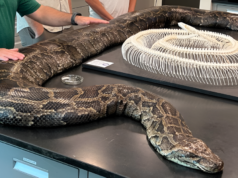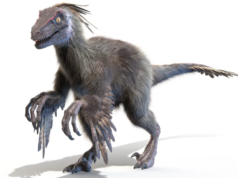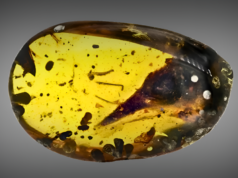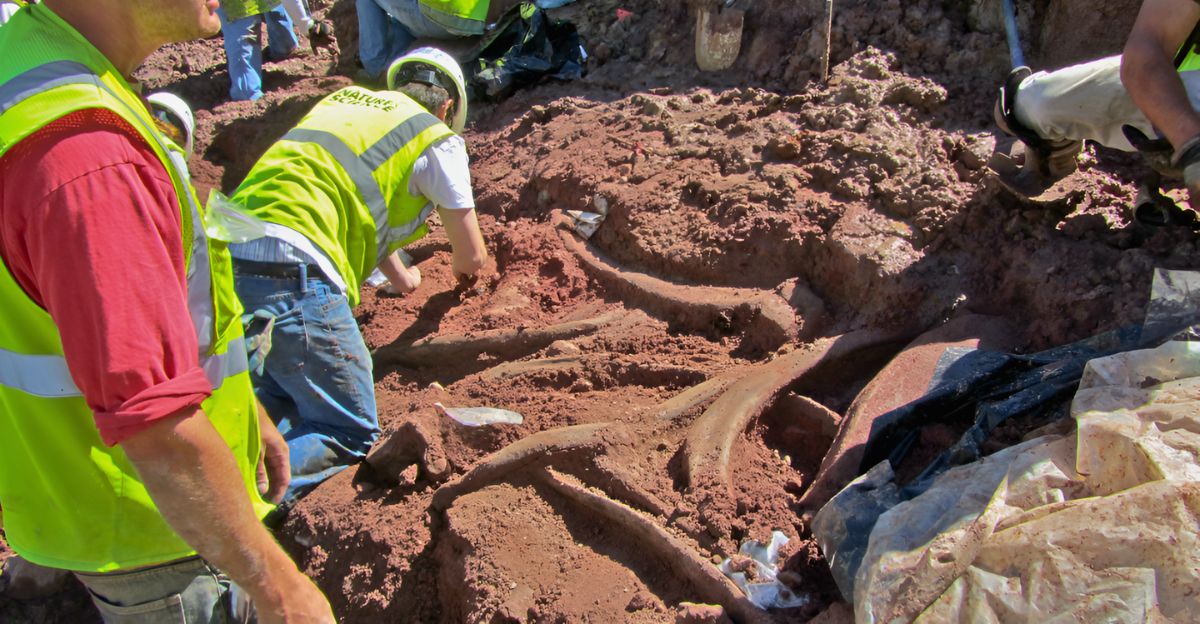
Imagine uncovering secrets buried for over 150 million years, mysteries that could rewrite what we know about prehistoric life. Beneath Colorado’s rugged terrain, something extraordinary is stirring, but the story unfolds. The state’s geological formations, especially the famous Morrison Formation, have long hinted at hidden treasures. Recent activity suggests a new wave of discoveries is imminent, sparking excitement among scientists and dinosaur enthusiasts alike.
These findings can potentially challenge and expand current knowledge about the diversity and evolution of dinosaurs during the Jurassic period. As researchers continue to dig deeper, the anticipation builds for revelations that could change paleontology forever. This emerging trend promises to reveal new chapters in the ancient story of life on Earth, inviting us to reimagine the prehistoric world beneath Colorado’s soil.
Colorado: A Paleontological Powerhouse
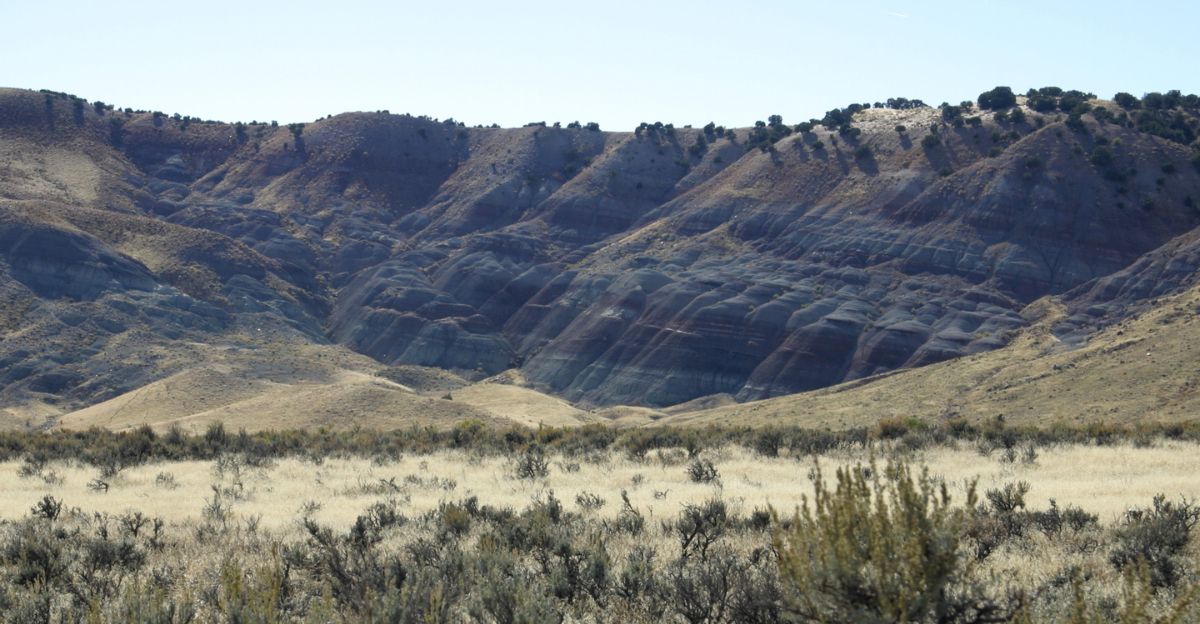
Colorado isn’t just a local curiosity but a paleontological powerhouse, capturing national and international attention. The state’s unique geology, particularly the Morrison Formation, has been a prolific source of dinosaur fossils for over a century. Recent discoveries could shed new light on dinosaur evolution across North America and beyond. Scientists worldwide are flocking to Colorado to study these fossils, eager to piece together the complex puzzle of prehistoric ecosystems.
The stakes are high: each new find has the potential to rewrite textbooks and inspire fresh scientific inquiry. Colorado’s role as a key player in paleontology is stronger than ever, with discoveries that deepen our understanding of Jurassic life. This growing spotlight on Colorado’s fossil beds signals exciting times ahead for researchers and the public alike.
Colorado’s Dinosaur Legacy
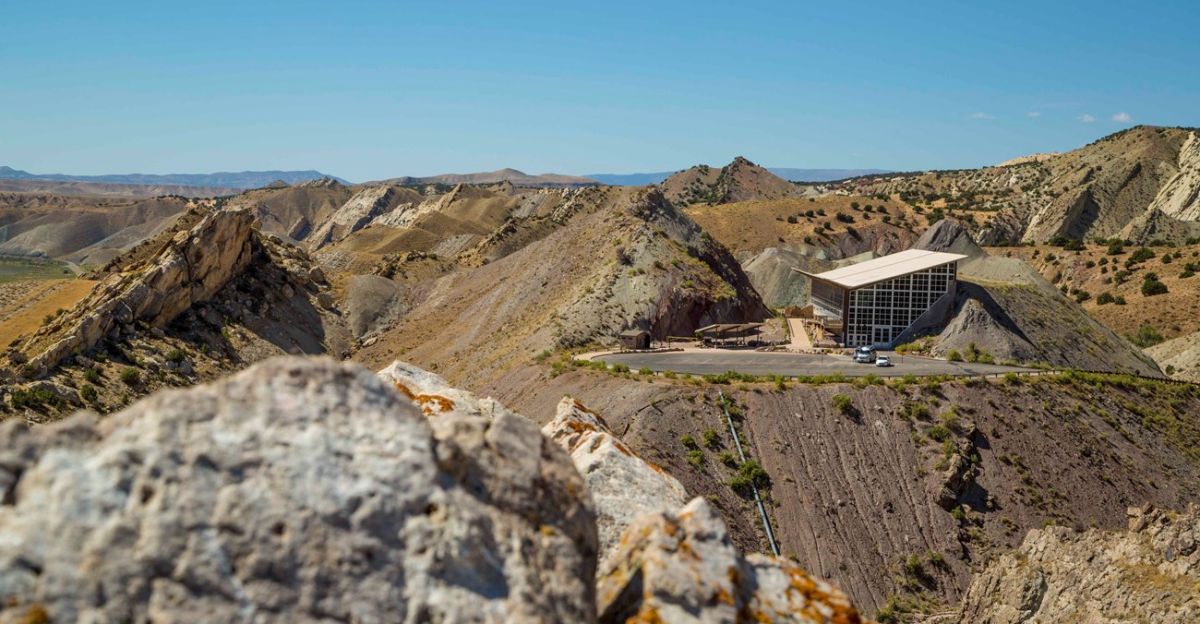
Colorado has long been a treasure trove for dinosaur enthusiasts, boasting iconic fossils at Dinosaur Ridge and legendary finds that have shaped museum collections nationwide. The Morrison Formation, in particular, has yielded some of the most spectacular Jurassic fossils ever discovered, attracting paleontologists for decades. These fossils have contributed significantly to our understanding of dinosaur anatomy, behavior, and evolution.
Yet, even in this well-studied region, surprises emerge from the Earth. Discoveries remind us that the story of dinosaurs in Colorado is far from complete. Each find adds fresh chapters to the ancient saga, revealing more about the diversity and complexity of prehistoric ecosystems. Colorado’s fossil legacy is a testament to this remarkable region’s enduring fascination and scientific importance.
Challenges Slowing Discoveries
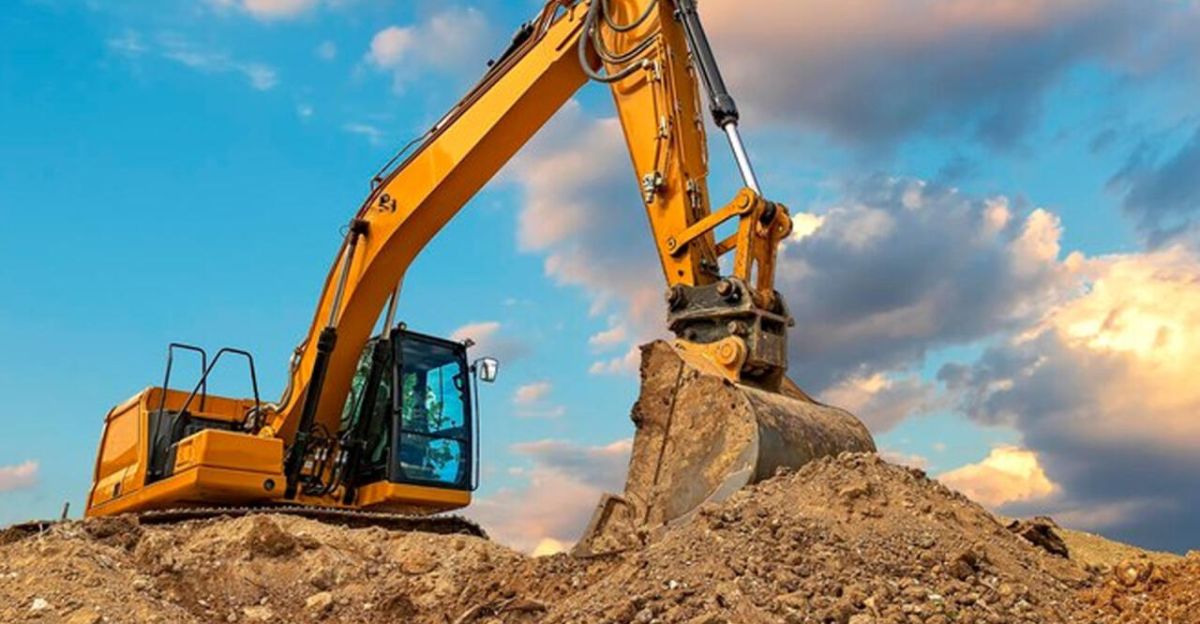
Despite Colorado’s rich fossil heritage, dinosaur discoveries have slowed in recent years. Excavation is a painstaking and expensive process, requiring specialized equipment, expertise, and often long hours in remote, rugged terrain. Funding constraints and environmental regulations further complicate fieldwork, limiting access to promising sites. Moreover, fossils are fragile and require meticulous handling to preserve their scientific value.
These challenges have made significant finds rarer, frustrating paleontologists eager to advance knowledge. However, recent breakthroughs suggest this trend may be reversing. Advances in technology, renewed funding efforts, and dedicated teams of scientists and volunteers are overcoming obstacles. This renewed momentum hints at a renaissance in dinosaur paleontology in Colorado, promising new insights into prehistoric life and the ecosystems that once thrived here.
The Haplocanthosaurus Breakthrough
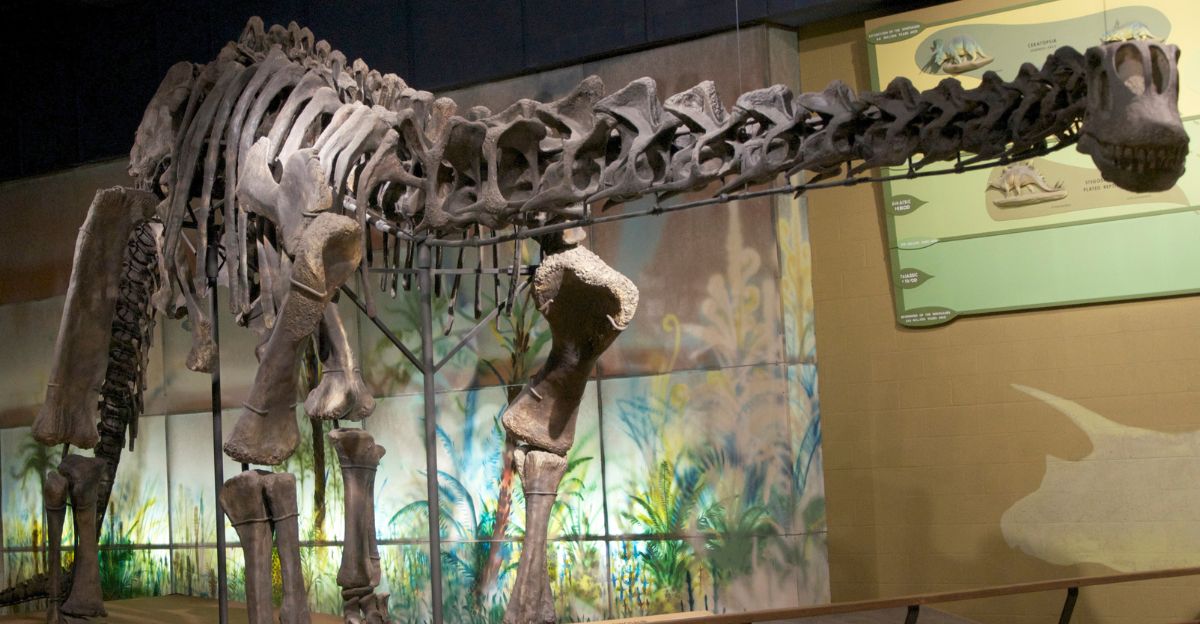
Paleontologists have just unearthed a remarkable new specimen of Haplocanthosaurus, a rare and enigmatic sauropod from the Late Jurassic at Colorado’s Dry Mesa Dinosaur Quarry. This specimen is the youngest found on the Colorado Plateau, expanding our understanding of these Jurassic giants. The well-preserved bones offer fresh anatomical insights and help clarify evolutionary relationships within sauropods.
This discovery enriches Colorado’s fossil record and provides a rare glimpse into the diversity and distribution of massive herbivores that roamed North America millions of years ago. The find is significant for its scientific value and because it signals that more major discoveries may be just beneath the surface, waiting to reshape our understanding of dinosaur evolution.
A Wave of Regional Discoveries
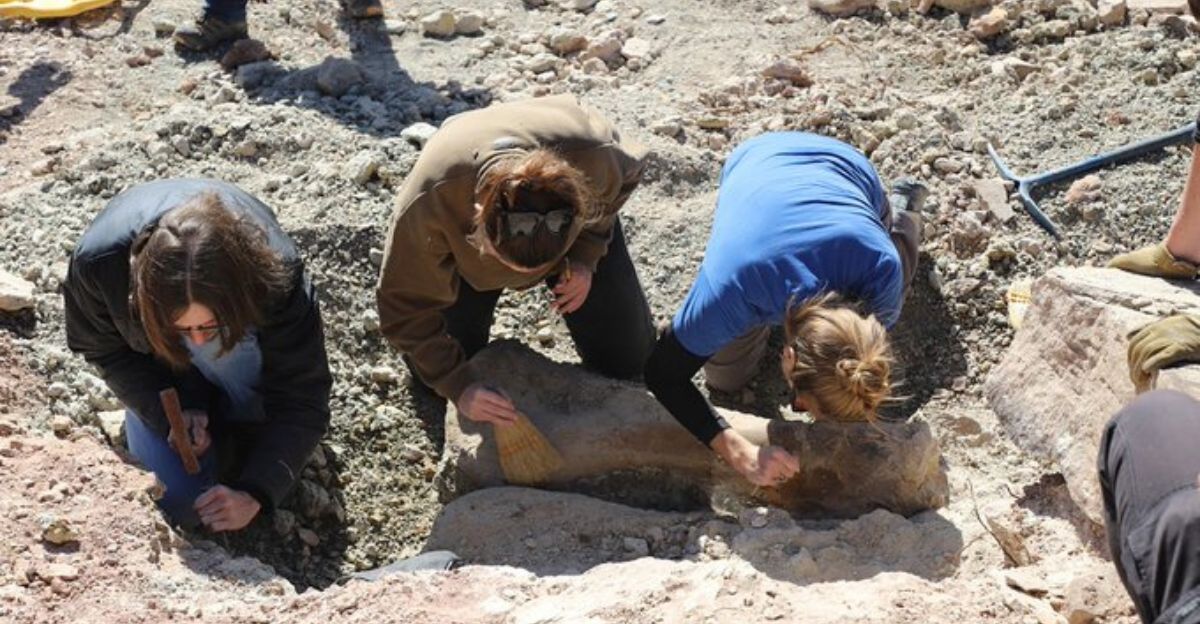
This Haplocanthosaurus find is part of a growing wave of discoveries across Colorado. Recent sauropod fossils uncovered in the Royal Gorge area and a newly identified dog-sized dinosaur near Morrison highlight the state’s rich and diverse prehistoric ecosystem. The Royal Gorge sauropods add to our understanding of sauropod distribution and ecology, while the smaller dinosaur species provide clues about the variety of niches dinosaurs occupied.
Together, these finds vividly depict Jurassic Colorado as a dynamic environment teeming with life, from towering giants to small, agile creatures. These discoveries emphasize Colorado’s importance as a window into prehistoric biodiversity and hint at many more fossils yet to be uncovered.
The Human Story Behind the Fossils
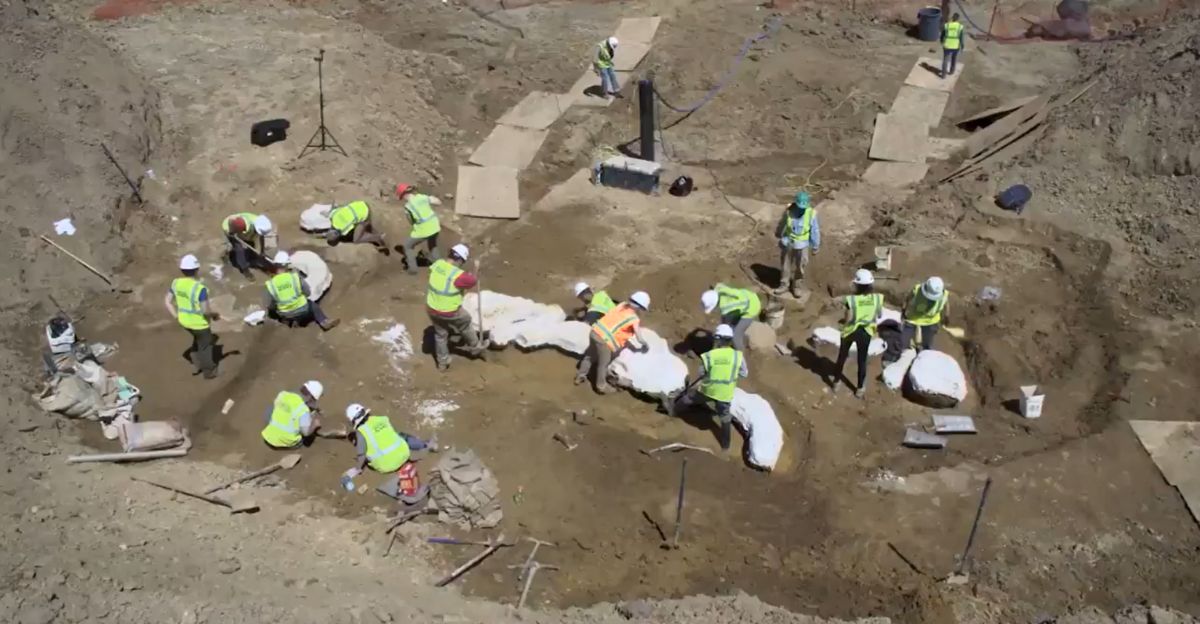
Behind every fossil discovery is a team of dedicated scientists, technicians, and volunteers working tirelessly, often in challenging conditions. Excavations require long hours in remote locations, battling weather extremes and rugged terrain. Many researchers face funding constraints, relying on grants and donations to support their work. Volunteers contribute invaluable labor and enthusiasm, driven by a passion for uncovering Earth’s ancient past.
Their perseverance and collaboration are essential to these breakthroughs. These human stories remind us that paleontology is not just about bones and rocks but about the people committed to piecing together the story of life on Earth. Their dedication ensures that Colorado’s prehistoric treasures continue to inspire and educate.
The Global Race for Dinosaur Discoveries
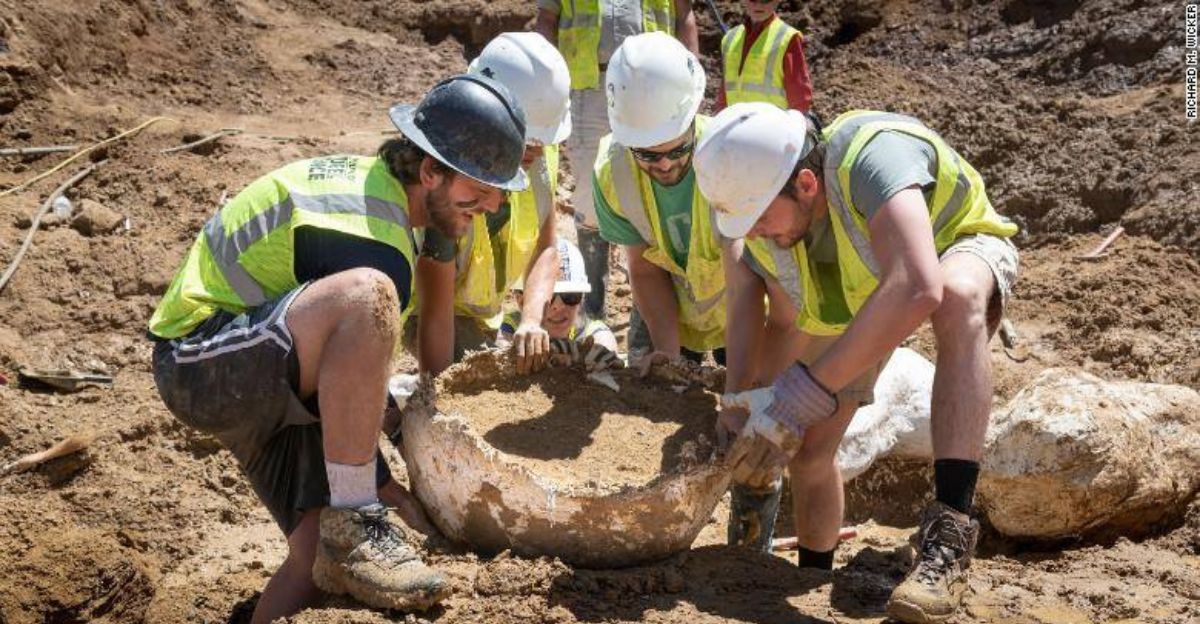
Colorado’s discoveries come amid a competitive global race among paleontologists eager to uncover new species and fossils. Countries rich in fossil beds invest heavily in research, using cutting-edge technologies like 3D scanning and molecular analysis to accelerate discoveries. Colorado’s fossils contribute significantly to this worldwide effort to illuminate the dinosaur family tree and understand prehistoric life.
This competition drives innovation and fosters international collaboration, as scientists share data and expertise. The global race highlights the importance of Colorado’s fossil sites, which continue to yield specimens that attract scientific and public interest, reinforcing the state’s position on the world paleontology stage.
Shifting Public Interest and Funding
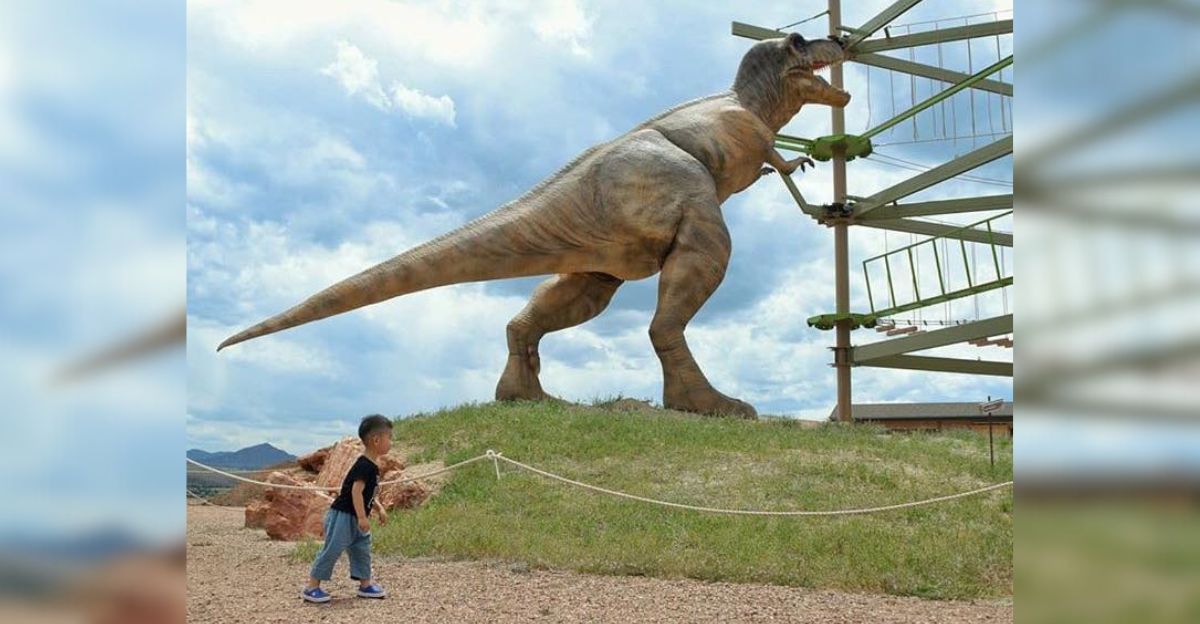
Public fascination with dinosaurs remains strong, fueled by blockbuster museum exhibits, documentaries, and media coverage. However, funding and attention can fluctuate due to economic shifts and changing priorities. These dynamics impact how and where fossils are excavated and studied, influencing the pace of discovery. Sustained public engagement and financial support are crucial for ongoing research.
Scientists and institutions work hard to maintain interest through outreach and education, ensuring that paleontology remains vibrant. Colorado’s fossil discoveries benefit from this interplay of public enthusiasm and funding, but the challenge remains to secure consistent resources to unlock the full potential of its prehistoric heritage.
What Lies Beneath: The Future of Colorado’s Dinosaurs
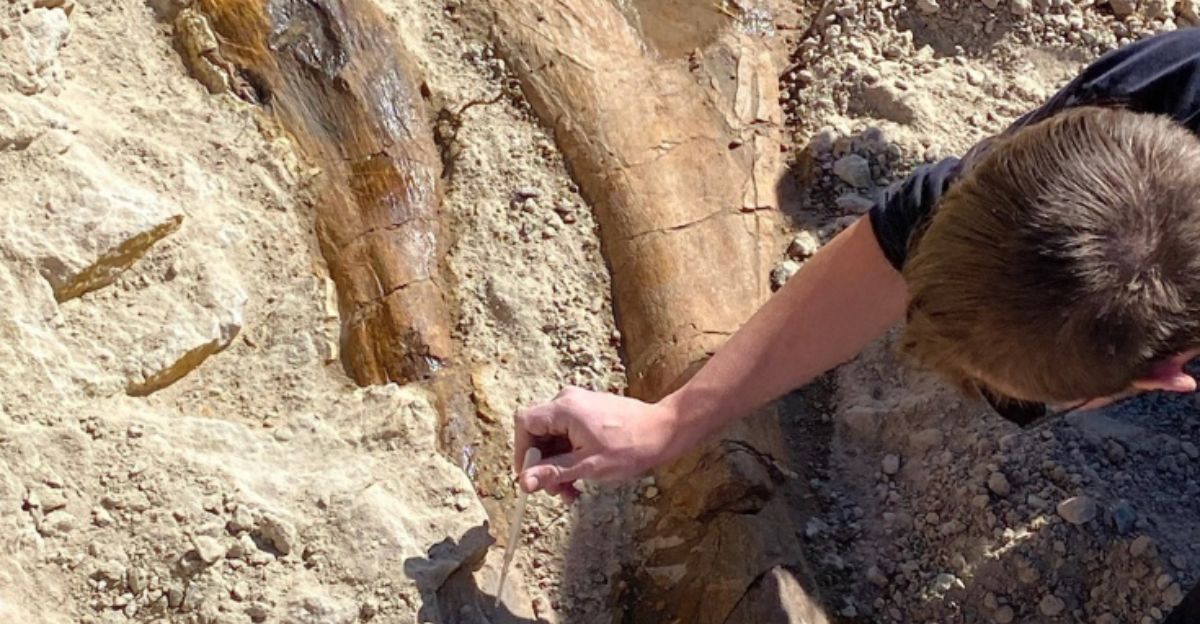
As new fossils emerge from Colorado’s storied formations, the future of dinosaur research here looks bright. What might the next decade reveal? Could these finds unlock secrets about dinosaur behavior, diversity, or extinction patterns? With advancing technology and renewed scientific vigor, Colorado is poised to remain a global hotspot for paleontological breakthroughs.
The unfolding narrative promises to deepen our connection to Earth’s distant past and inspire future generations. The subsequent significant discovery might be beneath our feet, waiting to transform our understanding of prehistoric life again. The story of Colorado’s dinosaurs is far from over; it’s only just beginning.


